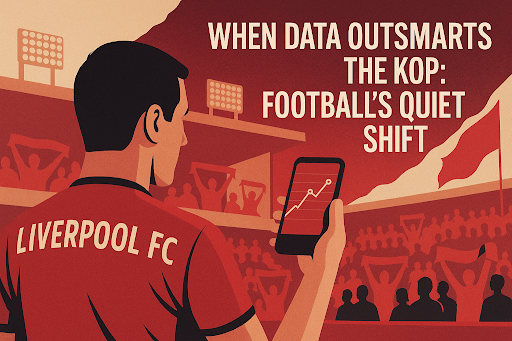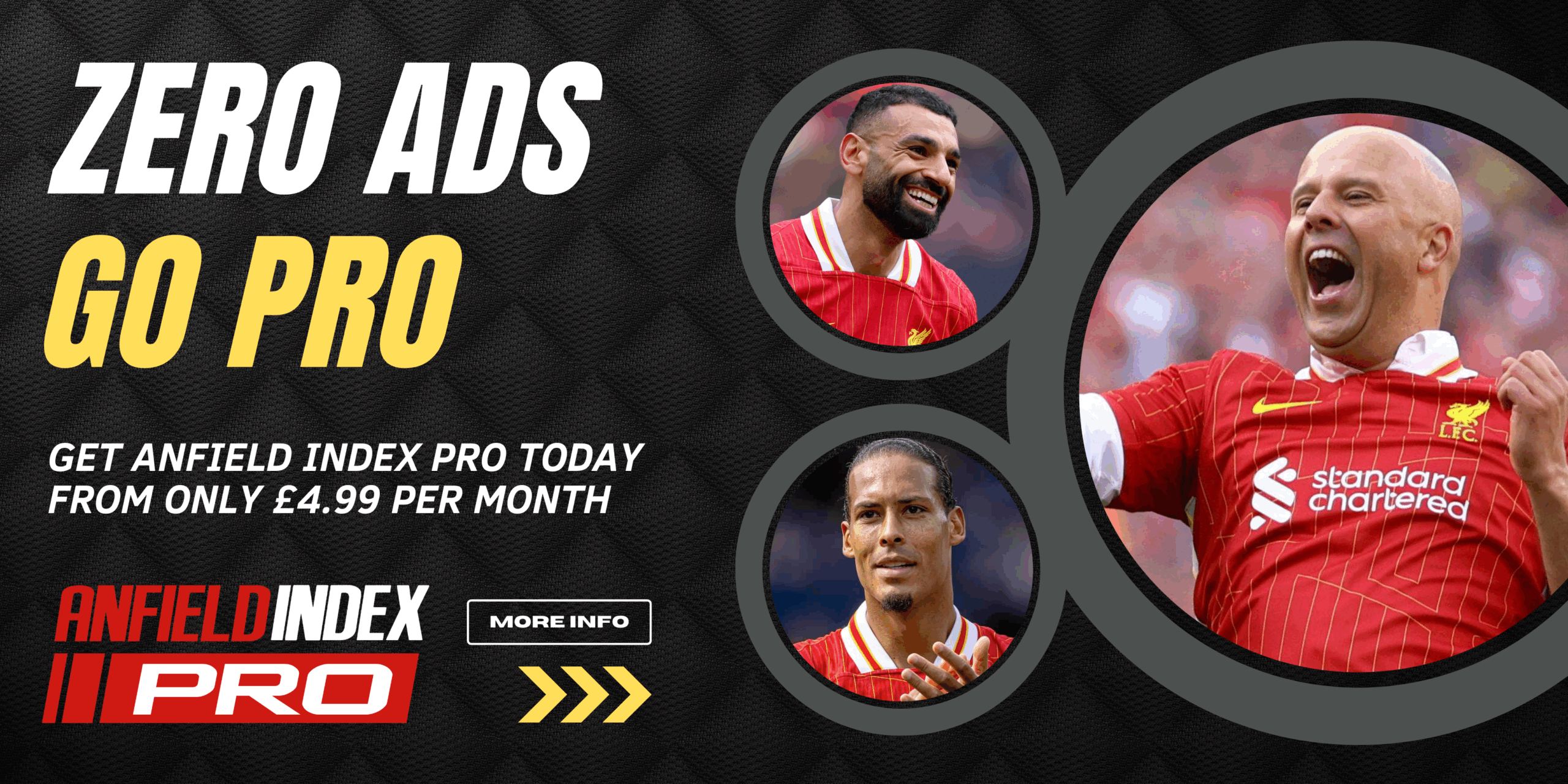Football has always been driven by noise, emotion, and legacy. Yet, beneath the roar of the stands, a new force is quietly shaping the sport’s direction.
Today’s clubs and fans alike are embracing data and analytics in ways that would have seemed far-fetched just a decade ago. Numbers now influence tactics, recruitment, and even how supporters interact with the game.
This article unpacks football’s subtle transformation—where tradition meets technology, and where data is rewriting how victories are planned and celebrated both on and off the pitch.
Betting sites: Where analytics meet the modern fan
If you’ve looked at football betting recently, you’ll notice something has changed. The top platforms aren’t just posting odds; they’re delivering a steady stream of stats, tactical breakdowns, and predictive models—right alongside the action.
This shift isn’t an accident. Today’s Betting sites know their audience demands more than guesswork and gut feelings. Instead, fans get access to in-depth reviews, real-time performance data, and strategy guides that rival what some clubs use behind closed doors.
I’ve seen first-hand how data shapes decisions on both sides of the screen. A quick glance at passing maps or injury trends can turn a casual flutter into something much more calculated. For many supporters, this blend of analytics and entertainment brings them closer to the game—and sometimes even ahead of it.
The result is a more informed fanbase, eager to debate xG models or player heatmaps with the same passion they reserve for derby matches. Betting sites now serve as both arena and classroom, letting supporters match wits with bookmakers while deepening their understanding of football’s tactical layers.
Analytics on the pitch: changing how teams win
Football’s tactical revolution has moved far beyond hunches and halftime speeches.
Today, clubs use data scientists and performance analysts as often as they do traditional scouts or coaches.
The smartest teams interpret thousands of data points—distance covered, pressing efficiency, passing networks—to spot trends and weaknesses that would slip past the naked eye.
This statistical approach isn’t just for superclubs with huge budgets. Mid-table sides and even relegation candidates now hunt for small advantages in set-piece planning, match tempo, or injury prevention using numbers no television commentator ever mentions.
What I’ve noticed is that squads willing to trust the numbers aren’t just plugging gaps—they’re outwitting rivals who stick to old-school instincts. The biggest winners tend to be those who blend hard evidence with deep football know-how.
Tactical evolution: from gut instinct to algorithms
It wasn’t long ago that match tactics were set by feel—managers trusted their “read” of a game or a player’s energy in training.
In 2024, we saw how quickly this is changing. Clubs now use advanced metrics to guide nearly every tactical move: when to switch shape mid-match, which flank is vulnerable, even which full-back should press higher based on real-time fatigue stats.
Farioli’s Analytics Breakthrough offers a clear example. Under Francesco Farioli, OGC Nice didn’t just rely on talent—they used detailed data models tracking defensive structure and pressing patterns to frustrate much wealthier opponents all season long. This approach helped transform them from dark horses into genuine contenders against France’s giants.
The difference is visible: managers now review live heatmaps at halftime, tweak player positions by meters rather than yards, and bring on substitutes based on algorithmic predictions instead of a hunch. It’s less romantic than old-school coaching but delivers sharper results.
Recruitment and the data-driven transfer market
The transfer market used to be about reputation—big fees for big names. That’s no longer enough if you want real value for money.
Now, clubs use algorithms that comb through leagues across continents, flagging players who outperform expectations in key metrics—ball recoveries per 90 minutes, progressive carries under pressure, or xG contributions adjusted for league difficulty.
I’ve seen how mid-sized clubs leverage these tools to snap up undervalued talent before rivals even notice. Brentford and Brighton offer prime examples from recent seasons: both built competitive squads not by chasing stars but by targeting “hidden gem” profiles identified through data screening.
This method also helps avoid expensive mistakes—a player might look brilliant in highlights but rate poorly when you run the numbers over an entire campaign. Clubs relying on hard evidence can balance their roster and limit risk, making each signing part of a larger plan instead of an expensive gamble. It’s a shift that’s changing who wins—and how teams are built—from the ground up.
The fan experience: data beyond the stands
Football fans today interact with the game in ways that would have been unimaginable a decade ago.
Real-time statistics, interactive mobile apps, and predictive models now shape how millions of supporters experience every match, whether they’re at the stadium or following along from home.
From choosing fantasy lineups to debating controversial referee decisions with friends online, numbers are everywhere—fueling new kinds of engagement and even transforming the rituals of matchday itself.
Fantasy football and predictive play
Fantasy football has evolved into more than just a side game for die-hard supporters.
Modern platforms update player points and stats in real time, keeping every transfer, substitution, and tactical tweak engaging from kickoff to final whistle.
Predictive analytics go a step further—suggesting squad changes or even flagging upcoming injuries based on data trends. This means fantasy managers aren’t just playing; they’re strategizing like professional analysts.
2024 Fantasy Growth Trends highlights that fantasy sports remain especially popular among younger fans. The report shows how fresh technologies and sharper predictive tools make the experience more immersive—and keep players invested well past their own club’s results.
Social media and data-driven debate
The days when match discussions revolved around vague impressions are fading fast.
Now, fans break down games using detailed data visualizations, pass maps, and shot charts—often within minutes of the final whistle.
This shift is everywhere on social media: X (formerly Twitter), YouTube breakdowns, even WhatsApp group chats fill up with heatmaps and stat-based arguments. It’s changed debates from “he played well” to “look at his expected assists under pressure.”
The result is richer conversations—supporters arm themselves with facts rather than just feelings, leading to smarter banter in pub quizzes or office pools from Manchester to Madrid.
What’s next for football? AI, big data, and the changing face of the game
Football stands at a crossroads. Artificial intelligence and big data aren’t just buzzwords—they’re already changing how matches are played, players are found, and fans experience the sport.
From deeper scouting to tactical fine-tuning, teams have never had more information at their fingertips. This flood of insight promises smarter decisions but also sparks new questions about where the heart of the game truly lies.
The next chapter will be about finding that sweet spot: using technology for an edge without losing what makes football unforgettable in the first place.
AI-driven coaching and scouting
If you spend time behind the scenes at top clubs in 2025, you’ll notice a shift—laptops sit beside boots and cones. Coaches feed match footage into machine learning models that instantly flag defensive lapses or highlight an opponent’s set piece patterns.
Clubs now use AI to predict injuries based on movement data, recommend training loads, and even scout teenagers in obscure leagues by crunching thousands of performance metrics. In my view, these tools let smaller teams compete with richer rivals by narrowing the knowledge gap.
AI in Football Applications shows how algorithms help coaches break down hours of video or predict match outcomes faster than ever before. The upshot? Decisions once made on gut instinct alone are now checked against cold, hard numbers—and it’s raising standards across the board.
Preserving passion in a data-driven era
The rise of analytics brings real benefits—but not everyone is cheering from the stands. Some supporters worry that relentless number-crunching could strip away football’s emotional side: those wild swings in form, last-minute goals, or underdog victories that defy logic.
I’ve seen clubs try to balance this by blending old-school wisdom with modern tech—retaining scouts with an eye for talent while layering on predictive models. Fans still crave narrative and drama; they want matches decided by human grit as much as algorithms.
The challenge for 2025 will be clear: harnessing data without erasing unpredictability. When used well, analytics should deepen our love for football—not replace its soul.
Conclusion
Football isn’t just about numbers or tradition—it’s where both worlds collide.
The quiet rise of analytics has already changed the way managers strategize, clubs recruit, and fans experience every match.
Yet, for all the predictive models and AI-powered insights, football remains a sport driven by emotion and unpredictable moments.
The real test will be whether teams and supporters can use data as a tool, not a replacement for passion.
If they get that balance right, the beautiful game will stay just as thrilling—only now with a smarter edge.




